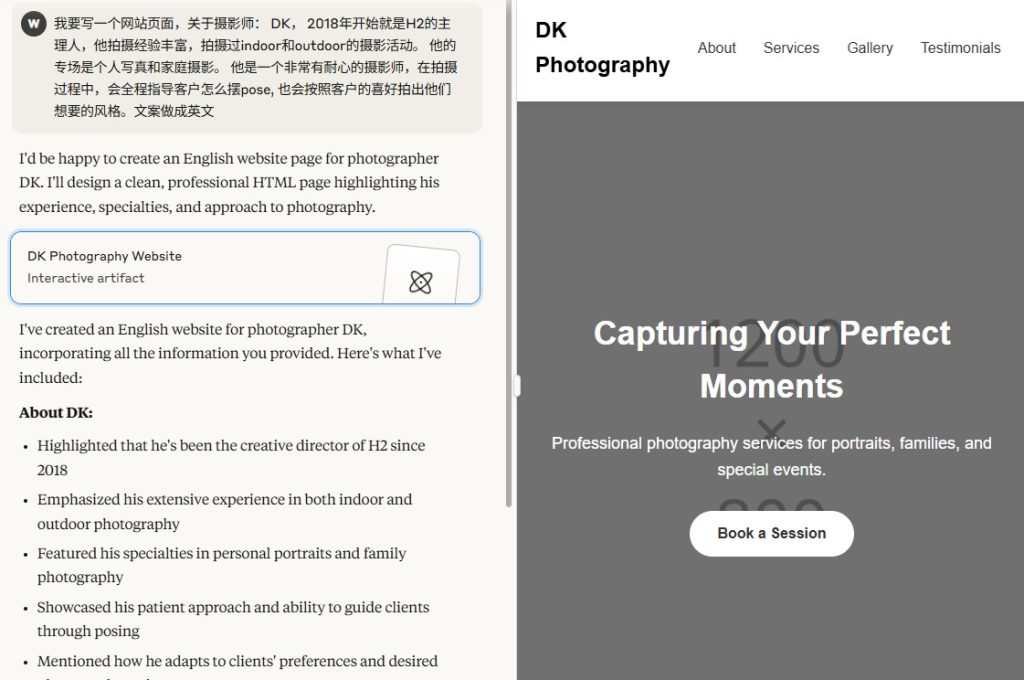Facebook doesn’t need an introduction. Everyone knows what it is, but knowing what it is and using it are two different things. While for common folks, it could be a platform to interact, business people might use it to make a profit.
Facebook is a great social media advertising platform because it’s a social network that can target users based on their interests. However, Facebook ads are notoriously difficult to run, so you need to think carefully about how you will design them and the results they might produce. Here are nine tips for running effective Facebook ads:
9 Ways To Run Effective Facebook Ads
Target the Right Audience with Facebook Ad Manager
The Facebook Pixel is the tool you use to target people who have visited your website, engaged with your Facebook page, or engaged with Instagram. When someone lands on a Facebook page and engages with it — likes, shares, or comments—you can consider them interested in that type of content.
The next step is to create an ad targeting audiences based on their behaviours.
If they’ve visited your website or signed up for one of your email newsletters (and therefore seen an ad), create a target audience who did so via the exact URL where they signed up. If this isn’t possible because someone has signed up from another domain entirely than what you’re targeting (for example: if there was no link between A&B domains), then try creating audiences based on previous behaviour by using tags of earlier campaigns instead, like “first_visit” or “last_visit.”
Have a Clear Goal in Mind for Your Facebook Advertising Campaign
Before you begin, you must set clear goals for your Facebook advertising campaign. This can help you define the problem and focus on solutions best suited to your business model.
If you don’t know where your business is heading or its future growth, it’s easy for you to waste money trying out ineffective strategies than making changes that will improve performance in the long run.
To avoid this problem:
You need an objective before creating an ad spend budget so that everything works together as intended. This also gives context around how much time and money should be spent on each objective (e.g., 1% vs 5%).
Craft Attention-grabbing Headlines and Text
You can use a headline to grab attention and get people curious. They should feel intrigued enough to want to check on it. It would help if you also considered how your headline would look on Facebook ads.
Target a relevant audience:
A typical Facebook ad only reaches people who are already interested in something like a product or service. If this isn’t something you have, you shouldn’t advertise on Facebook!
But if there is a good chance that someone from your target market would see this post (for example, if they’re following an influencer who shares similar products), then using these types of ads might work well for getting more sales leads over time through word-of-mouth marketing tactics such as sharing across social media channels like Twitter or Instagram.
Make sure it stands out among other posts:
The first thing any potential customer will notice when viewing your ad is the size of your headline, so make sure yours stands out among other posts by using bold colours/fonts, etc. But do not overdo it; whatever design you use should go along with your brand.
Include keywords related directly to what they’re looking up right now – maybe even try adding phrases too!
Use Compelling Images, Videos, and Messaging
The first step to running effective Facebook ads is to use compelling images, videos and messaging.
Use relevant images that convey a sense of urgency. For example, your ad can be more effective if it shows how your product or service will help people solve problems.
For example, suppose you’re selling skincare products. In that case, an image of a woman with acne scars may not be very compelling because it doesn’t show the benefits of using your product over other options (such as makeup). Instead, you might want to share an image showing how the customer’s skin looks after using your product for only two weeks!
Use eye-catching visuals such as bright colours or contrasting shades so viewers don’t get bored repeatedly looking at the same thing on their feeds! It also helps them remember what they saw better since there aren’t many distractions that will disturb the message.
Test and Improve Your Ads
Facebook Ads can be a complicated and expensive method of advertising. The good news is that plenty of free tools make testing different ad sets, audiences, and images easier. You can therefore optimise your campaigns for maximum effectiveness.
Facebook’s Power Editor:
This tool allows users to create ads using the same layout as their ads on other platforms. Of course, you’ll need access to an existing Facebook page or account to use this feature (which is why we recommend creating an account with your business first), but once you have one set up, all you need to do is drag and drop any image into its place!
If working in Photoshop isn’t your thing (or if you are just not very good with it), try Optimizely — it offers free analytics, so much more than Power Editor does.
Track Conversions and View-Through Rates
Tracking conversions and view-through rates are essential for two reasons.
First, it helps you understand what people are doing on your website or app after clicking through an ad.
Second, it helps you improve the effectiveness of future ads by giving you data about how well they perform compared to other campaigns with similar goals.
To track conversions:
Create a custom conversion event that lets Facebook know when someone has completed one of your actions (such as purchasing a product or filling out a form). Then add this conversion event when creating any new campaign.
To track view-through rates:
Create an audience based on where users are coming from; this will make sure all Facebook Ads only appear within those groups’ geographic locations. This prevents the users from seeing anything irrelevant while browsing around the Internet.
Read our article on Ad Tracking to know more about it and the different techniques for Ad tracking.
A/B Test Your Facebook Ads
A/B testing is a great way to determine whether your ad is working for you. It can also help you see if users are more interested in different types of content, like videos or text-based ads.
Setting up an experiment on Facebook Ads Manager involves:
- Choosing the type of test (i.e., audience vs product).
- Creating a group.
- Selecting your audience.
- Setting up variables such as bid values and budgets.
Once this is done, set up another campaign with a similar objective but one that uses only one copy per interaction (click). Then compare results by comparing metrics like total cost per conversion rate or cost per lead over time between campaigns using A/B testing tools like Optimizely or Google Analytics’ Experiments feature.
Try Facebook Lead Ads
Facebook Lead Ads help you get your audience’s attention. They’re easy to set up and can be used for multiple purposes, including lead generation, event registration, product sales, etc.
You can also use these ads as an opportunity to build your email list by offering a limited-time promotion or discount on specific products or services in exchange for an email
address at the end of the campaign.
Rotate Out Your Ad Sets and Images to Improve Performance
You can use Facebook Ads to promote your business, but it’s important to remember that there are no guarantees. If you’re running a campaign and getting low conversions on your ads, don’t worry — Facebook allows you to adjust them to work better for you.
For example, if an ad set doesn’t perform as well as another one does (or if some of the images aren’t as relevant), try rotating out those ads or changing their targeting options before deleting them from the campaign altogether (you’ll want at least two per image). This will help ensure that users see something more than once when they visit your page or app.
Facebook is An Effective Advertising Tool; It Pays Well if You Work on Your Campaigns
If you’re looking for a place where you can easily reach out to potential customers, Facebook Ads are the way to go.
Facebook Ads are ideal for getting feedback from those who have used or purchased your product or service. You can use this feedback as a way of testing potential new products and services that might work better than those you currently offer.
As an example: If I were selling shoes online through my website but wanted more traffic coming into my shop (and thus more revenue), I would create an ad campaign targeting people within some geographic regions who are interested in buying my shoes but live outside of those areas where they’re available now — such as California or New York City — so they can visit our website directly instead!
Conclusion
If you’re just getting started with Facebook ad campaigns or want to improve your results, we have plenty of tips here to help you do that.
It’s important to remember that consistency is key in digital marketing on platforms like Facebook — you need to keep working hard until your efforts start paying off.
This means testing different ads and creative approaches so that each campaign has a unique personality. It appeals specifically to people who might be looking for what you have available at any given time!
The best way to ensure your Facebook ads are effective is by leaving it to the experts to manage them. Engaging a social media management company will give the desired ROI you are looking for by running a Facebook advertising campaign.








